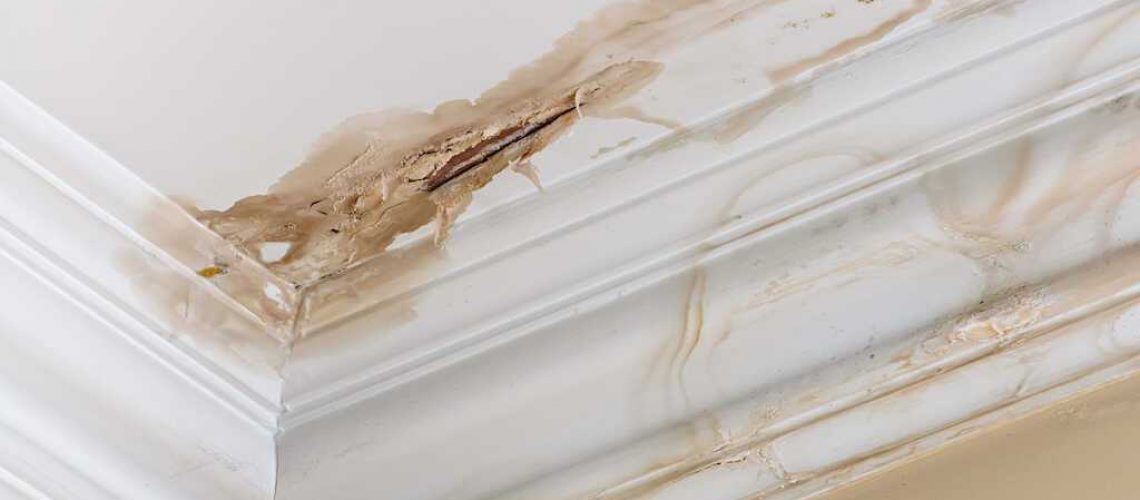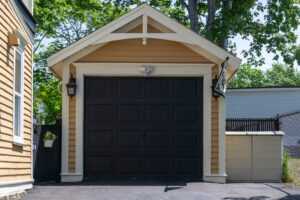Did you know that 1 out of 50 homeowners file a water damage insurance claim each year? Water damage is a costly situation that can result in mold, structural damage, and ruining your belongings.
One of the best ways to prevent water damage is to invest in roof maintenance. Having a good roof is important to prevent roof leaks, pests, and mildew.
Do you want to learn more about maintaining your roof to prevent roof leaks? If so, keep reading for 9 tips on how to avoid a leaky roof.
1. Clean Your Gutters
One of the best ways to prevent roof leaks is to maintain your gutters. Gutters are essential to allowing water to drain from your roof. When your gutters are full of leaves and debris, water is unable to drain.
If water sits on your roof for too long, it will leak through the roof. In addition to leaking, water sitting on your roof will result in needing a roof replacement because your roof will rot.
If you allow your roof to rot, other parts of your house could also rot. This will lead to expensive repairs.
2. Check Your Attic
Another great way to prevent roof leaks is to be proactive. If you want to catch roof leaks before they cause damage, you should check your attic to see if your roof is leaking.
Even if it’s not raining outside, you can still check for holes. To do this, go into your attic during the day and turn off the lights. If you see sunlight shining through the attic, there are holes or cracks in your roof.
If you don’t fix these holes and cracks, they will cause roof leaks. You also should check for mold and rust in your attic. They are signs that moisture is leaking through the roof.
3. Schedule Regular Roof Inspections
Holes and cracks in your roof can be obvious if you can see water damage, sunlight, or water dripping from the ceiling. Other times, finding holes and cracks in your roof is impossible.
One of the best ways to check for leaks is to have your roof inspected regularly. Professionals can find roofing issues before they cause damage to the rest of your home.
While it may seem expensive to have a roofing company maintain your roof, it is cheaper than buying a new roof and paying for water damage.
4. Maintain Nearby Trees
If there are trees near your house, you need to take care of them to avoid damage to your roof. When trees fall on the roof, they cause holes and cracks that result in water leaks.
Be sure to have the structural integrity of the trees near your house checked. If you don’t, you risk them falling on your house. Not only is this bad for your roof, but it is also dangerous for you and your family.
If the trees near your house are stable and healthy, you still should trim dead branches. Even small branches can harm your roof during severe weather.
5. Check Your Roof Flashing
If you are unfamiliar with roof flashing, it is the part of the roof that connects your roof to other features.
For example, if you have a chimney, skylight, or roof vent, the roof flashing is a metal piece that will connect those objects to the rest of your roof.
If your roof flashing is not sealed, you are more likely to have roof leaks, drafts, and pests. You should use a flashlight to inspect your roof flashing.
6. Inspect the Drip Edge
Drip edge is the metal lining on the outside of your roof. In addition to making your roof look nice, it moves water away from your roof. If the drip edges have damage or are missing, you are more likely to have roof leaks.
You should check your drip edges to look for gaps between them and the roof. If there are gaps, the wood under your roof is likely to rot. Gaps can also allow pests to enter your home.
If you are unsure how to check your drip edges for gaps, a professional can help. Be sure to ask about checking the drip edge during your scheduled maintenance.
7. Have Good Roof Ventilation
Another important part of preventing roof leaks is having good roof ventilation. Without good ventilation, your roof will trap moisture; you will have a more expensive electricity bill, and you may have problems with mold.
Not having roof ventilation can result in a variety of roofing issues, including roof leaks, rotting, and sagging. If you don’t already have a roof vent, you should install one immediately.
8. Plan for Snow and Ice
Do you live in an area that gets snow and ice? If so, you should come up with a plan to prevent ice dams and structural damage from the weight of snow.
If there is too much weight on your house, your roof will sag. If your roof sags because of the weight of snow, it will be harder for water to drain. Water sitting on your roof will lead to roof leaks and rotting.
Some solutions to prevent the buildup of ice and snow include cleaning your roof off during a winter storm, installing an ice belt, or adding an ice melting system to your roof.
Are You Ready to Prevent Roof Leaks?
If you want to protect your home from roof leaks and water damage, it is important to have a roof maintenance plan. Keep these tips in mind to prevent roofing problems.
Did you enjoy reading this article on how to prevent roof leaks? If your roof is leaking and you need help repairing it, check out our roofing repair services to get a quote today!




